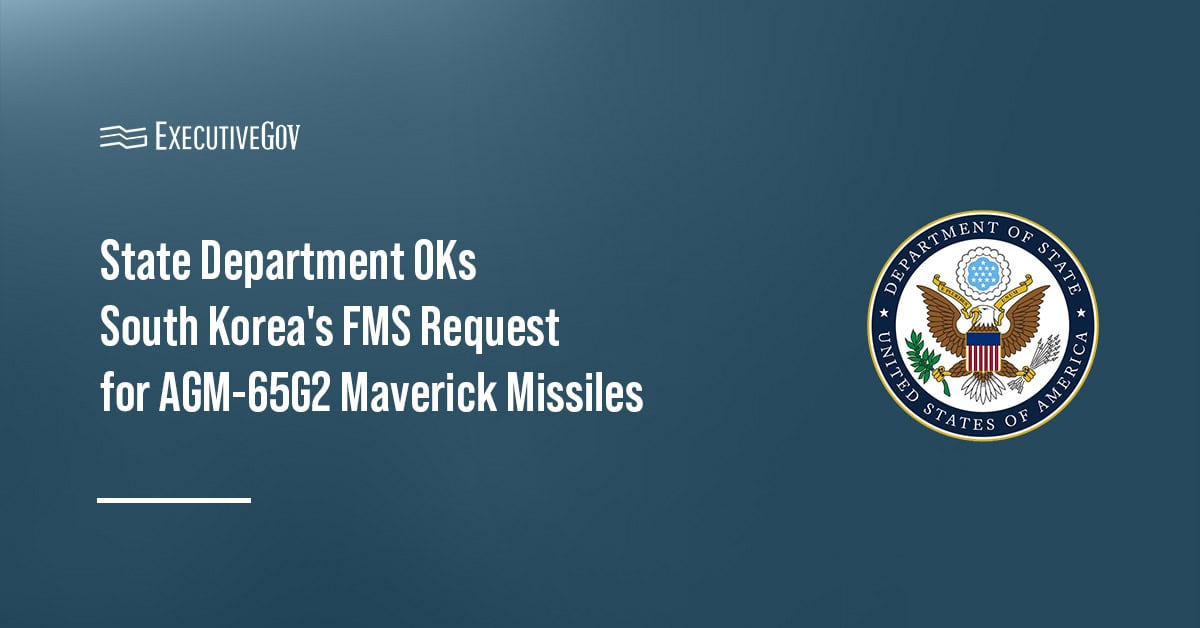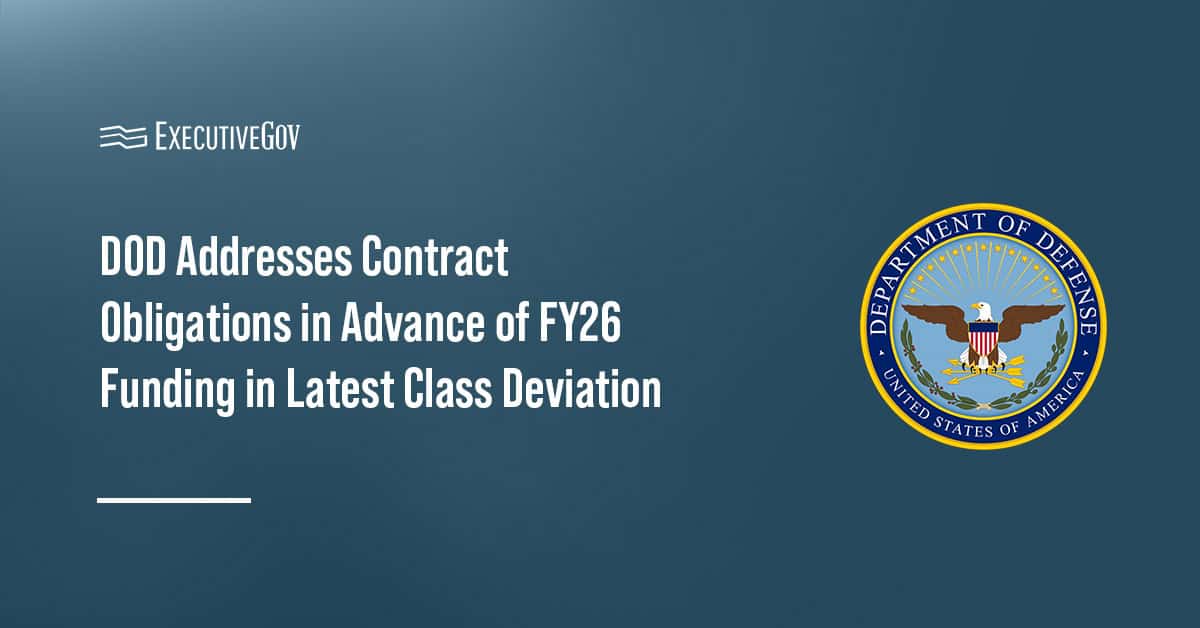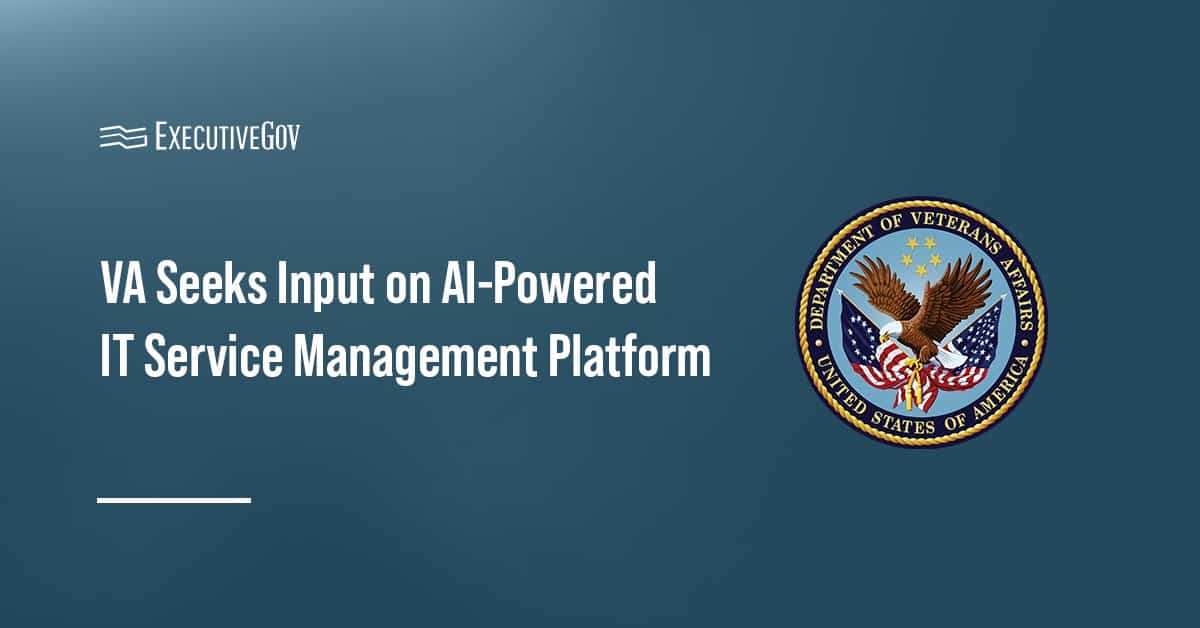
The U.S. Navy is looking to employ virtual reality simulators addressing communication gaps that led to collisions of USS John McCain and USS Fitzgerald in 2017, National Defense Magazine reported Tuesday. The plan is based on comprehensive and strategic readiness reviews the service branch conducted to assess these collisions and prevent future repercussions.
Adm. Bill Moran, vice chief of naval operations, said that a gap in communication between the ships’ bridge and combat information center was among the collisions’ main factors. The service branch seeks to address this via simulator boxes wherein sailors would train in virtual environments.
“You can go in as an engine man, as an STG [sonar technician], you name it,” Moran said.
The Navy’s Readiness Reform Oversight Committee is working to implement this effort along with other recommendation-based activities.





